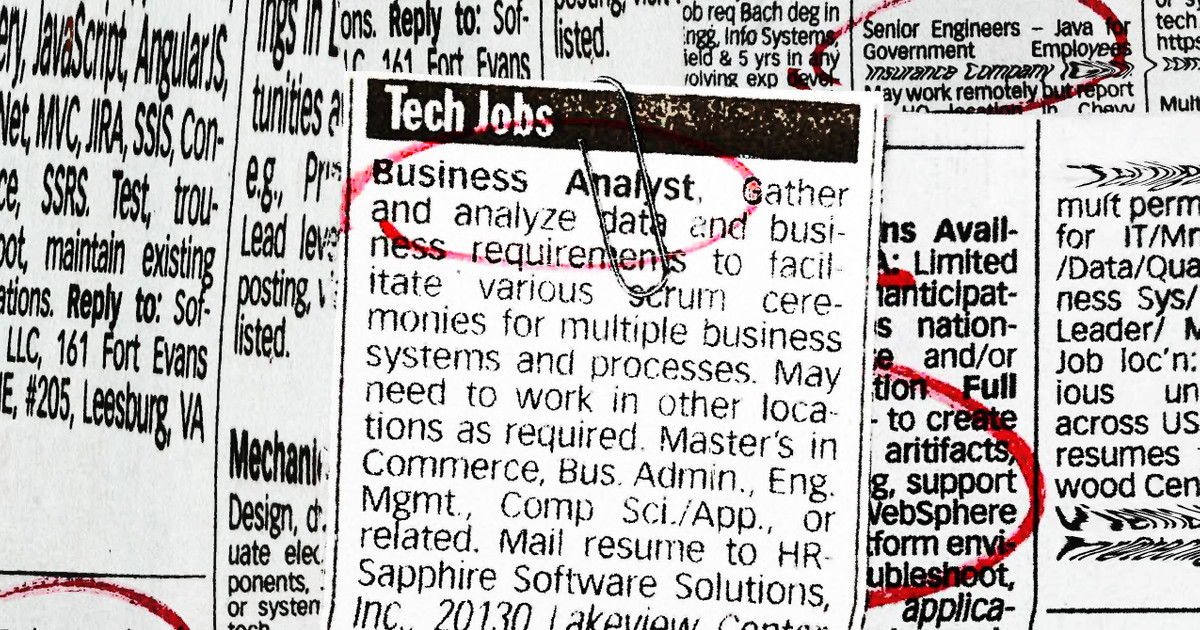The Tech Recruitment Ruse That Has Avoided Trump’s Crackdown on Immigration
Every Sunday, newspapers are filled with tech job ads that aren't really looking for applicants. This practice reveals a little-known aspect of U.S. immigration law that has been hurting both domestic and foreign workers for decades.
Reporting Highlights
- Temp to Permanent: While there's periodic debate over the 120,000 foreigners awarded temporary H-1B visas annually, almost no attention is paid to the process by which many receive green cards.
- Filled, Then Verified: Foreign workers are eligible for permanent residency only when no U.S. citizens can do the job—but companies confirm this after foreigners have been employed as temps.
- Lost in Print: The law requires companies to advertise these jobs in Sunday print newspapers, decreasing the chances that U.S. applicants see the listing.
The PERM System: A Flawed Process
The Permanent Labor Certification (PERM) process is where employers sponsor tech workers with temporary H-1B visas for green cards. This system is widely regarded as nonsensical, vulnerable to abuse, and a contributor to inequities among workers.
- Backward Recruitment: Employers must prove they tried to find a U.S. citizen for the job only after employing a foreign worker for years.
- Newspaper Ads: Companies must place ads in print newspapers, a method that's outdated and ineffective in today's digital age.
- Long Waits: Even after PERM approval, foreign workers often wait over 10 years for a green card, during which they're tied to their employers.
The Impact on Workers
- Domestic Workers: The system suppresses wages and job opportunities for U.S. tech workers.
- Foreign Workers: H-1B holders face overwork and lower pay, with little job mobility due to their visa status.
Calls for Reform
Experts and advocates argue the PERM system is in dire need of reform. "Everyone in the industry knows it’s a joke," said Ronil Hira, a Howard University professor.
Key Takeaways
- The PERM process is outdated and ineffective.
- It benefits employers at the expense of both domestic and foreign workers.
- Reform is urgently needed to address these inequities.






Comments
Join Our Community
Sign up to share your thoughts, engage with others, and become part of our growing community.
No comments yet
Be the first to share your thoughts and start the conversation!